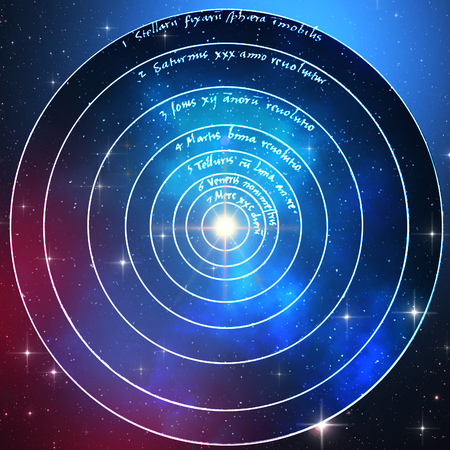The 13th AIP Thinkshop on Cosmology
The Leibniz Institute for Astrophysics Potsdam (AIP) organizes in collaboration with the University of Innsbruck the 13th Thinkshop under the title "Near Field Cosmology". From March 29 to April 3 about 60 scientists will discuss at the Obergurgl University Centre in Austria recent progress in the field of observational and theoretical cosmology.
Observational cosmology has traditionally focused on the outskirts of the visible universe, with an ever increasing appetite to reach deeper into space and backwards in time. Recently, cosmologists have realized that some treasures are buried much closer to home. In the last decade, cosmologists have become archaeologists as they search for "fossils" and clues in present-day observations of nearby objects in order to better understand the cosmological formation history, establishing the new research area of Near Field Cosmology.
The better we know our cosmic vicinity the better we understand the universe as a whole. Brent Tully (Hawaii), Helene Courtois (Lyon) and Jenny Sorce (AIP) will for the first time present at this meeting the CosmicFlows3 catalogue with exact positions and velocities of almost 20,000 galaxies in the cosmic neighbourhood of our Milky Way. These new data are a milestone in the understanding of our cosmic "neighbourhood" up to a distance of several 100 million light years.
Science Contact: Dr. Stefan Gottloeber, +49 151 58323983, sgottloeber@aip.de
Media Contact: Kerstin Mork , +49 331 7499 803, presse@aip.de
The Leibniz Institute for Astrophysics Potsdam (AIP) organizes in collaboration with the University of Innsbruck the 13th Thinkshop under the title "Near Field Cosmology". From March 29 to April 3 about 60 scientists will discuss at the Obergurgl University Centre in Austria recent progress in the field of observational and theoretical cosmology.
Observational cosmology has traditionally focused on the outskirts of the visible universe, with an ever increasing appetite to reach deeper into space and backwards in time. Recently, cosmologists have realized that some treasures are buried much closer to home. In the last decade, cosmologists have become archaeologists as they search for "fossils" and clues in present-day observations of nearby objects in order to better understand the cosmological formation history, establishing the new research area of Near Field Cosmology.
The better we know our cosmic vicinity the better we understand the universe as a whole. Brent Tully (Hawaii), Helene Courtois (Lyon) and Jenny Sorce (AIP) will for the first time present at this meeting the CosmicFlows3 catalogue with exact positions and velocities of almost 20,000 galaxies in the cosmic neighbourhood of our Milky Way. These new data are a milestone in the understanding of our cosmic "neighbourhood" up to a distance of several 100 million light years.
Science Contact: Dr. Stefan Gottloeber, +49 151 58323983, sgottloeber@aip.de
Media Contact: Kerstin Mork , +49 331 7499 803, presse@aip.de
Images
Cosmic Flows
Big screen size [1000 x 562, 970 KB]
Original size [1233 x 693, 1.3 MB]





